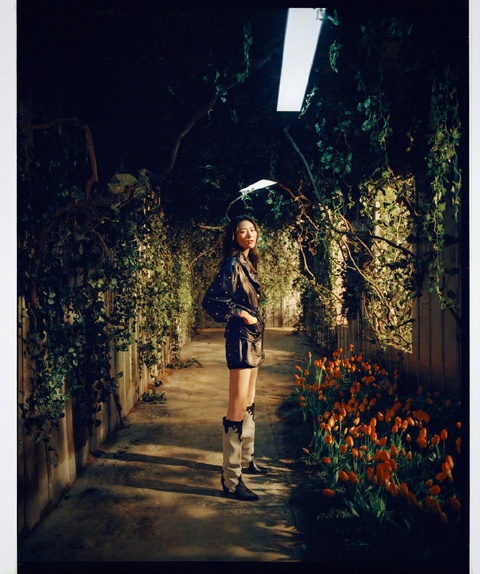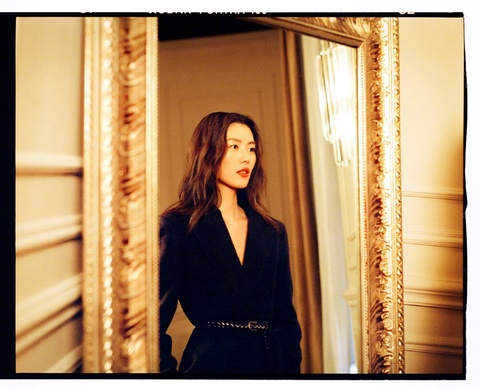Chat GPT画图科研
Introduction
Chat GPT, an advanced language model developed by OpenAI, has revolutionized the field of natural language
processing and machine learning. While it was primarily trained to generate coherent and contextually relevant
text responses, recent advancements have pushed its boundaries to include image generation as well. This article

explores the exciting new avenue of using Chat GPT for scientific research related to image visualization and
understanding.
The Power of Chat GPT for Image Generation
Chat GPT’s ability to generate image descriptions and even visual elements itself stems from its pre-training on
vast amounts of text and image data. The model learns to associate textual descriptions with corresponding
visual features, enabling it to generate images based on given prompts. This opens up new possibilities for
researchers and scientists in various fields, such as biology, astronomy, and climate science, to visualize complex
phenomena and data in a more intuitive and accessible way.
Applications in Biology Research
In biology, Chat GPT’s image generation capabilities can be leveraged to create visual representations of intricate
protein structures or biological processes. Researchers can provide textual prompts describing specific protein
sequences or molecular interactions, and the model can generate corresponding images that help visualize these
structures or processes. This can greatly facilitate the understanding of complex biological phenomena and aid
in drug discovery and development.
Exploring the Cosmos with Chat GPT
Astronomy is another field that can greatly benefit from Chat GPT’s image generation capabilities. By providing
Chat GPT with prompts related to astronomical observations or theoretical models, researchers can generate
simulated images that represent celestial objects, galaxy formations, or even events like supernovae. These
visualizations can help scientists gain deeper insights into the universe and test their hypotheses in a more
visual and interactive manner.
Climate Science Visualization
Climate science relies heavily on complex models and large datasets. Chat GPT can assist in visualizing these
datasets by generating images based on textual prompts that describe specific climate variables, such as
temperature patterns, precipitation levels, or sea ice extents. These visualizations can aid climate scientists in
communicating their research findings to a wider audience and shed light on the impact of climate change.
Challenges and Future Directions
While Chat GPT’s image generation capabilities hold immense potential, there are challenges to overcome. The
generated visualizations may not always be accurate representations, and interpreting the results requires a
careful analysis. Additionally, researchers need to ensure that the biases present in the training data don’t
impact the generated images. Future research in refining the image generation process and addressing these
challenges will further enhance Chat GPT’s utility in scientific research and visualization.
Conclusion
Chat GPT’s ability to generate images based on textual prompts opens up exciting possibilities for scientific
research and visualization. From biology to astronomy and climate science, researchers can leverage Chat GPT’s
capabilities to create visual representations of complex phenomena, aiding in understanding and discovery.
As the field continues to advance, the integration of Chat GPT with image generation will play a crucial role in
shaping the future of scientific exploration and communication.

